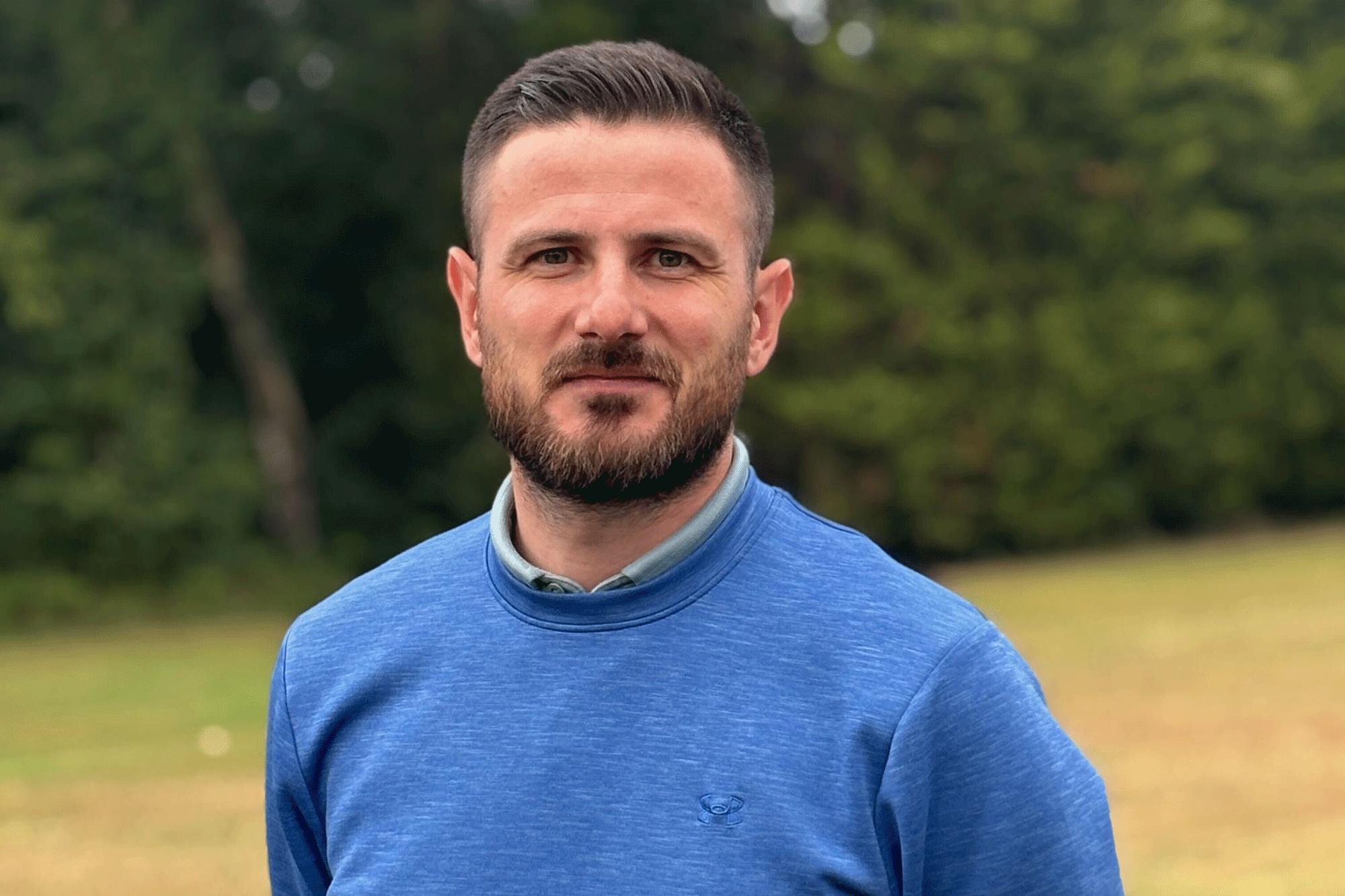I Want To See Players Struggle, Not A Bloated Birdie-Fest... Should A Score Of Par (Or Worse) Win The US Open?
We haven't seen a US Open win at par or worse since 2018, but do we want more golf courses to test players to that extent? The GM team have their say...


You have to go all the way back to 2018 for the last time the US Open was won at par or worse, when eventual champion Brooks Koepka valiantly outmanoeuvred the field at a feisty Shinnecock Hills.
Since the turn of the century, five other US Open winners have secured the coveted Major with a score of par or worse, but do we want to see more stern tests for the best players in the world?
My feelings on this couldn't be more clear, so in order to add a little balance to my staunch position, I decided to ask some of my colleagues at Golf Monthly a simple question... Should a score of par (or worse) win the US Open?
Should Par Win A Golf Tournament?
Before we hear from my esteemed colleagues, I thought I'd make my position clear.
I despise the notion that 30-under-par could be remotely possible in a professional golf tournament at the highest level - especially considering the ludicrously large prize money payouts they are playing for.
I want to see players struggle, not a bloated birdie-fest. That's the reason I love Major Championship golf (with the exception of the most recent PGA Championship - which in my opinion was the worst Major I can remember).
I want carnage at the US Open - plain and simple. Let's make the best players in the world battle the hardest golf course in the world and see who wins.
Subscribe to the Golf Monthly newsletter to stay up to date with all the latest tour news, equipment news, reviews, head-to-heads and buyer’s guides from our team of experienced experts.
If only four players break par, like they did at the 2016 US Open at Oakmont, that's still two or three too many in my opinion.
Par should absolutely be a possible and probable winning score at Major Championships.
Let the sub-section of mollycoddled professionals who love to complain about the difficulty have the regular PGA Tour, DP World Tour or LIV Golf season to catch their breath, because the US Open should be hard.

Oakmont looks like it is going to play extremely tough - and that's exactly what many of us want to see at a US Open!

Neil has worked for Golf Monthly for over 15 years. From his original position as staff writer, he has contributed to the brand in a range of different ways from collaborating with the best coaches in the UK to interviewing the top players in the world. In July 2023, Neil became only the 9th editor in Golf Monthly's 112 year history. Neil is currently a 4-handicap golfer who has played the game for as long as he can remember.
When it comes to golf course set-up, there is a fine line between hard and unfair. In a bid to keep the winning score as close as possible to par, the USGA hasn’t always got this balance right (see Chambers Bay in 2015 and Shinnecock Hills in 2018).
The problem is that a golf course is a living, breathing thing. It changes with the weather. Sun, rain and wind all dramatically alter the way any golf course plays.
That’s why I’ve always felt that setting a golf course up with a certain winning score in mind creates a danger of a set up that becomes unnecessarily unfair (golf has always been unfair but there are degrees).
I love the tough set up of the US Open. I love that it’s a grind and that when it works well it rewards the grittiest golfer. I couldn’t care less if the winner shoots level par, 5-under or 5-over. Who remembers what Bryson shot last time? I don’t.

Nick Bonfield joined Golf Monthly in 2012 after graduating from Exeter University and earning an NCTJ-accredited journalism diploma from News Associates in Wimbledon. He is responsible for managing production of the magazine, sub-editing, commissioning and feature writing.

Brooks Koepka was the last player to win the US Open at a score of par or worse, with his victory in 2018 at a score of +1
I have absolutely no problem with level-par winning a golf tournament.
In fact, I love watching difficult events like the US Open. The PGA Championship is so often criticised for having no identity – the exact opposite of the US Open.
Naturally, some people still complain. It's so interesting to watch how players approach it from a strategic standpoint, too. They're so used to chasing birdies that it can be hard to adjust to par being a good score.
Some carry on their normal approach and others adapt, which makes for an interesting viewing experience. And, let's face it, for a lot of these professionals, many regular PGA Tour stops aren't overly difficult.
Who wouldn't want to watch something different at least once a year?

Joe has worked in the golf industry for nearly 20 years in a variety of roles. After a successful amateur career being involved in England squads at every age group, Joe completed his PGA degree qualification in 2014 as one of the top ten graduates in his training year and subsequently went on to become Head PGA Professional at Ryder Cup venue The Celtic Manor Resort. Equipment has always been a huge passion of Joe’s, and during his time at Celtic Manor, he headed up the National Fitting Centres for both Titleist and Taylormade.
I simply can't understand peoples fascination or annoyance at how many under par a tournament winning score is.
Par is just an arbitrary number we have made up and assigned to a hole, it has no real meaning. Ultimately, the person who completes 72 holes in the fewest strokes wins the golf tournament whether that's 260 or 285.
If relation to par bothers you, just reassign the pars in your own head and you can get the winning score in relation to par to whatever makes you happy. It will still be the same total number of strokes though.
Have your say...
You've heard the thoughts of the experts at Golf Monthly HQ, but what do you think?
Should the US Open be won at a score of par or worse? Leave us a comment below - I'd love someone to try and convince me that the Oakmont carnage isn't going to be box-office brilliance!

Baz joined Golf Monthly in January 2024, and now leads the instruction section across all platforms - including print and digital. Working closely with Golf Monthly's Top 50 Coaches, he aims to curate and share useful tips on every aspect of the game - helping amateurs of all abilities to play better golf. Baz also contributes weekly to the features section, sharing his thoughts on the game we love and the topics that matter most. A member at Sand Moor Golf Club in Leeds, he looks forward to getting out on the course at least once a week in the pursuit of a respectable handicap.
Baz is currently playing:
Driver: Benross Delta XT
3-Wood: Benross Delta XT
Hybrid: TaylorMade Stealth 4 Hybrid
Irons: Benross Delta XT 5-PW
Wedges: TaylorMade RAC 60, Callaway Jaws MD5 54
Putter: TaylorMade Spider Tour
- Neil TappinEditor
- Nick BonfieldFeatures Editor
- Joe FergusonStaff Writer
You must confirm your public display name before commenting
Please logout and then login again, you will then be prompted to enter your display name.